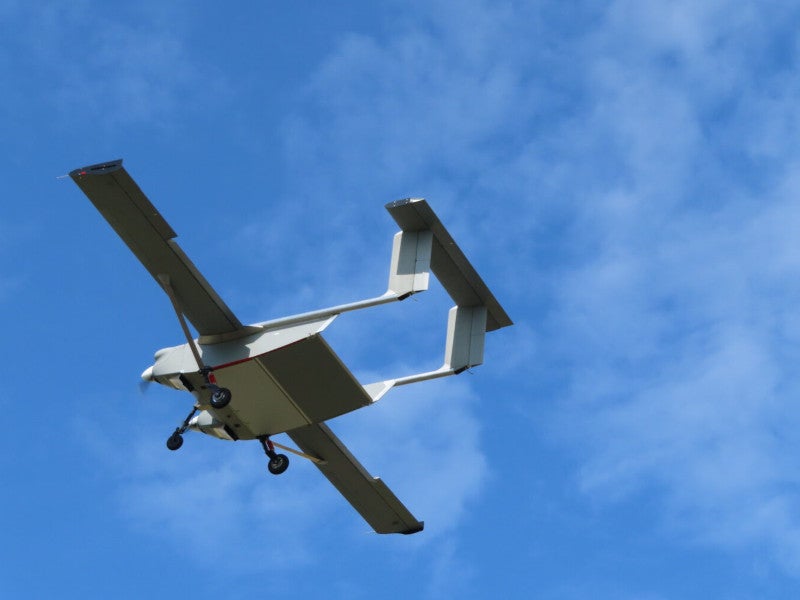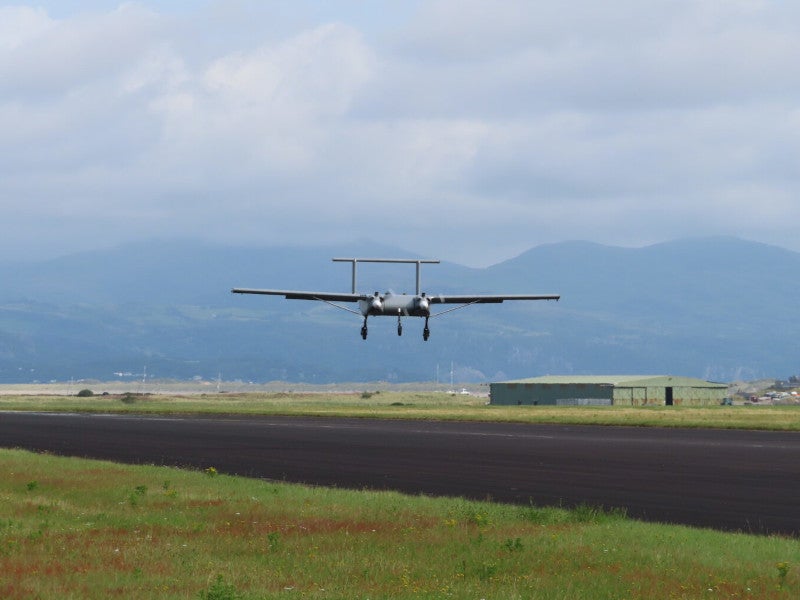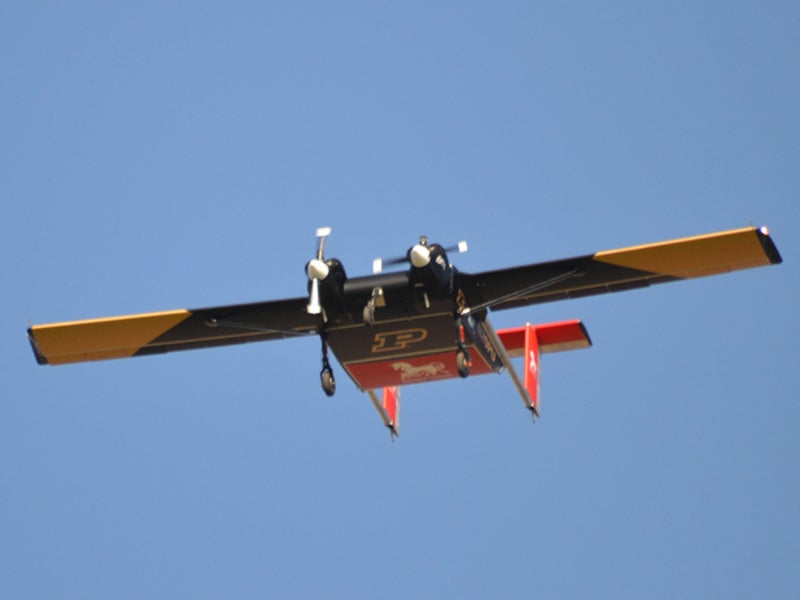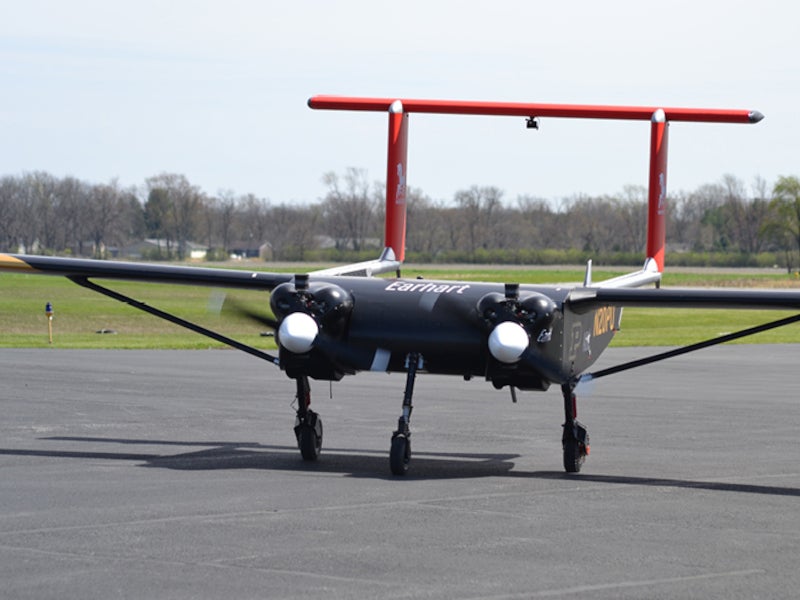The uncrewed low-cost transport (ULTRA) unmanned aerial vehicle (UAV) is a fixed-wing long-range aircraft developed by Windracers, a cargo operator based in the UK.
The UAV is a new solution designed to overcome the intricate logistics challenges associated with delivering essential supplies.
The new UAV, often referred to as the ‘Jeep of the skies’ due to its multipurpose capabilities, is set to revolutionise various sectors, including defence, humanitarian aid, environmental conservation, logistics, as well as mail and parcel delivery services.
Ukraine has already deployed the autonomous ULTRA cargo drones for military endeavours since 2023.
In February 2024, the UK’s Royal Air Force Air Cadets were introduced to three Windracer ULTRA long-range logistic drones assembled in the UK.
Windracers ULTRA UAV design and features
The Windracers ULTRA UAV measures 20ft by 30ft, has an empty weight of 300kg, and a maximum take-off weight of 450kg.
The UAV is capable of carrying payloads weighing up to 100kg and accommodating internal payloads of up to 700 litres in volume. It has a cruise speed of 135km/h or 85mph and a range of up to 1,000km.
With a nominal endurance exceeding 12 hours, the ULTRA UAV excels in detection, dropping, and delivery operations.
The UAV can operate on runways encompassing dirt, grass, tarmac, and ice surfaces.
It can take off and land within a radius of 150m in any direction and performs automatic landings with ground rolls under 150m, applicable to wet and dry conditions.
The structural materials of the UAV are constructed with 95% aluminium. It features 24 interchangeable control surfaces and operates on 350W of electrical power.
The ULTRA UAV features twin engines and can achieve a significant reduction in carbon dioxide emissions of up to 70%.
ULTRA UAV development details
Windracers partnered with Purdue University in the US to establish the Center on AI for Digital, Autonomous, and Augmented Aviation (AIDA3) in April 2023.
With the debut of AIDA3, Windracers will work with Purdue University, an engineering institution with ties to the US military, to ensure efficient and scalable operation of self-flying aircraft.
The collaboration aims to explore artificial intelligence and machine learning models for autonomous transportation, enhancing areas such as demand analytics, maintenance in commercial logistics, and real-time weather prediction.
Windracers will supply two ULTRA UAVs, named Earhart and Armstrong, to support the research and development programmes at AIDA3.
Control and operations
The aircraft’s flight control system is designed to withstand extreme environments, aligning with Windracers’ Zero Single Point of Failure philosophy, and addressing risks across avionics, communications, and ground control systems.
Windracers’ ULTRA drones are equipped with an advanced Masterless autopilot system developed by Distributed Avionics, a sister company of Windracers.
The autopilot system enables autonomous take-off, flight, and landing without the need for a remote pilot.
Windracers ULTRA UAV trials
The Windracers ULTRA UAV has undergone rigorous testing, including several thousand kilometres of autonomous flights for entities such as the Royal Navy, the UK Ministry of Defence, and the British Antarctic Survey (BAS).
In October 2023, the BAS announced the first flight of its autonomous drone in Antarctica.
The trials included the successful testing of the ULTRA drone in Antarctica in February 2024, during which it autonomously flew over the BAS Rothera Research Station and nearby islands.
BAS and Windracers scientists and engineers assessed the UAV’s performance for future missions. The UAV covered more than 720km, gathering scientific data to expand its understanding of Antarctica’s response to environmental changes.
The UAV has also conducted trials with Royal Mail in the Scottish islands and achieved a milestone by landing on the aircraft carrier HMS Prince of Wales.







